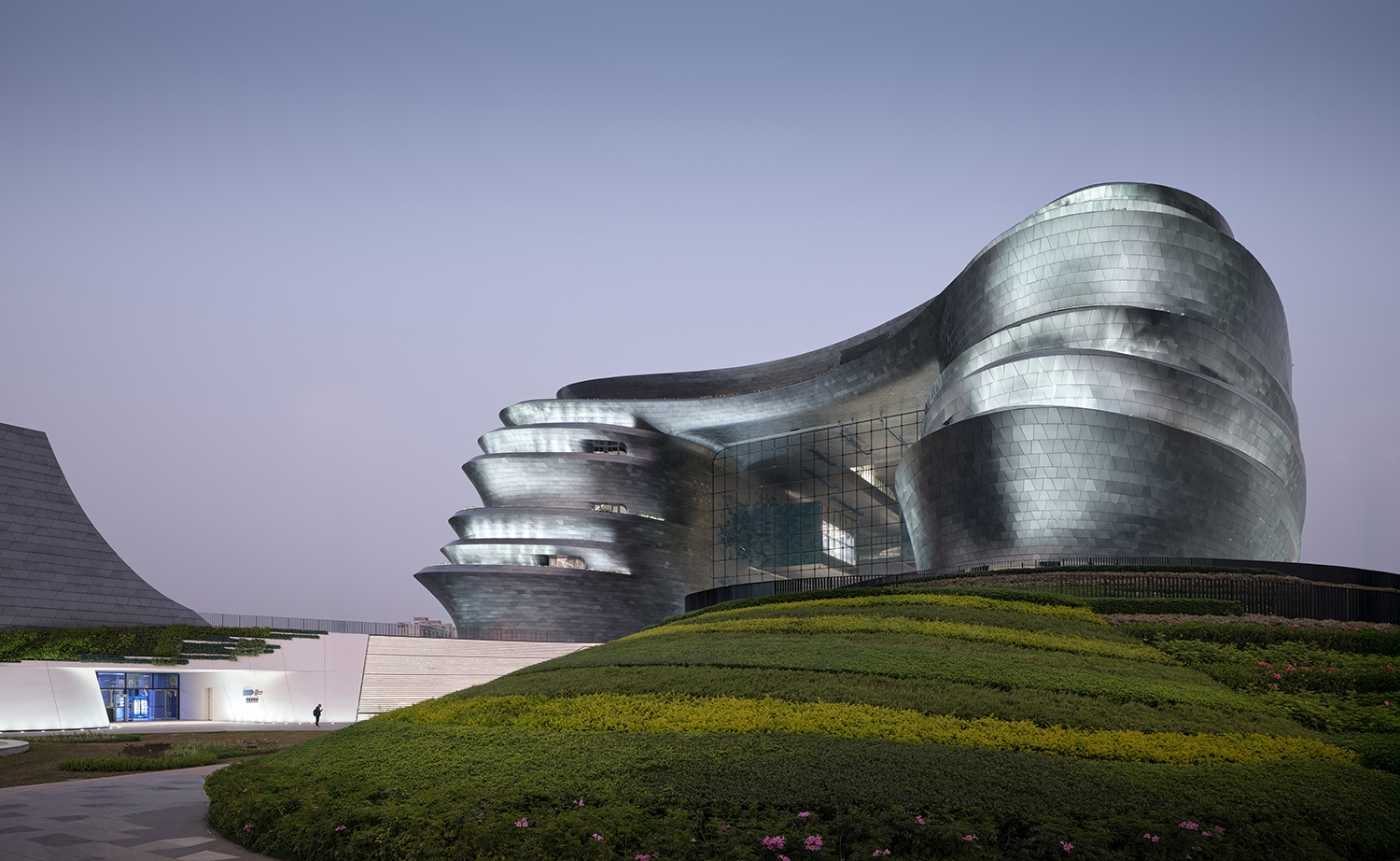Header: Courtesy of Oppenheim Architecture
Oppenheim Architecture has started construction on the New Boulevard Tower in Tirana, Albania. This 38-story residential building is set to become one of the tallest structures in the city. Its location is significant, placed at the meeting point of the city’s civic spine and a planned Central Park. The tower will be a noticeable feature along the expanding Northern Boulevard. The project is situated on a key site that links the historic north-south axis with Skanderbeg Square and the Tirana River, acting as an entrance to the future park.
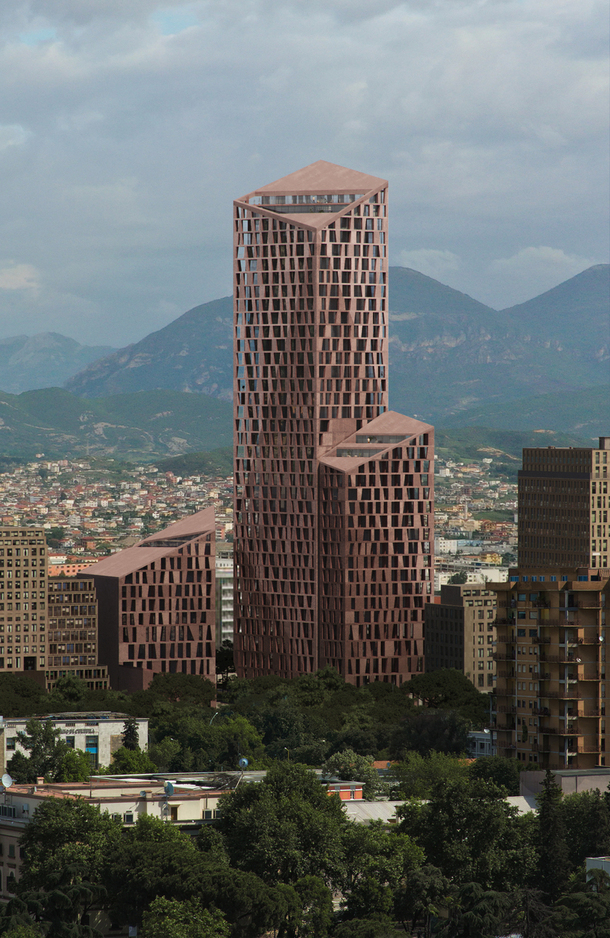
Connection to the city’s transformation
The New Boulevard Tower is part of a larger city-wide effort to make Tirana more sustainable. This initiative prioritizes pedestrians and cyclists, dedicating more than 65% of the redesigned city to them. Located next to a major public square and the new park, the tower is presented as an example of how design is shaping Tirana’s new urban character. At the ground level, the building includes an urban plaza designed to connect the boulevard, the square, and the park, which encourages people to walk through and creates a lively area for social gatherings.
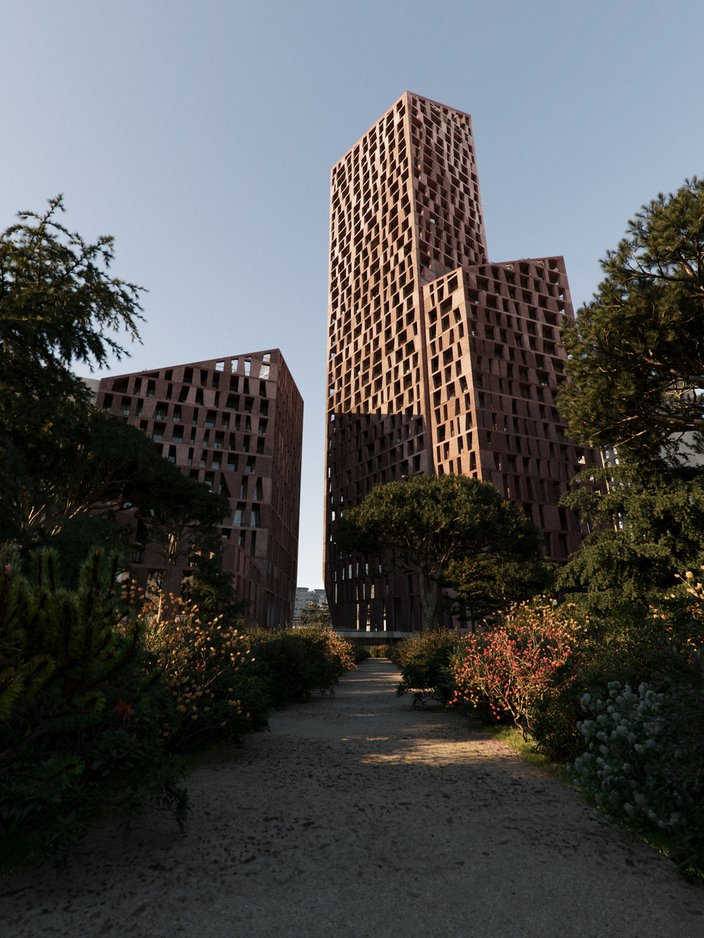

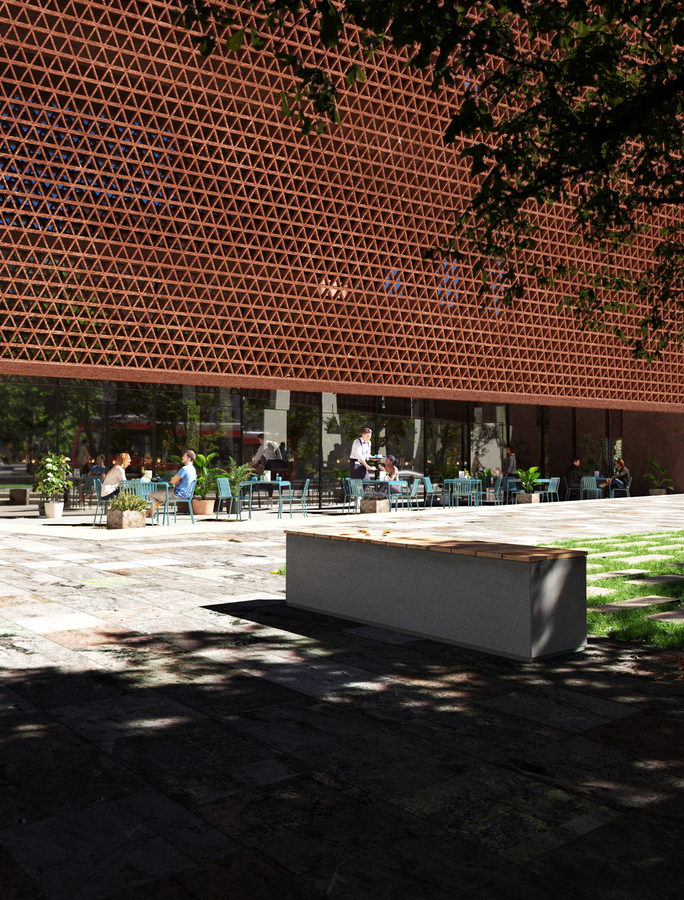
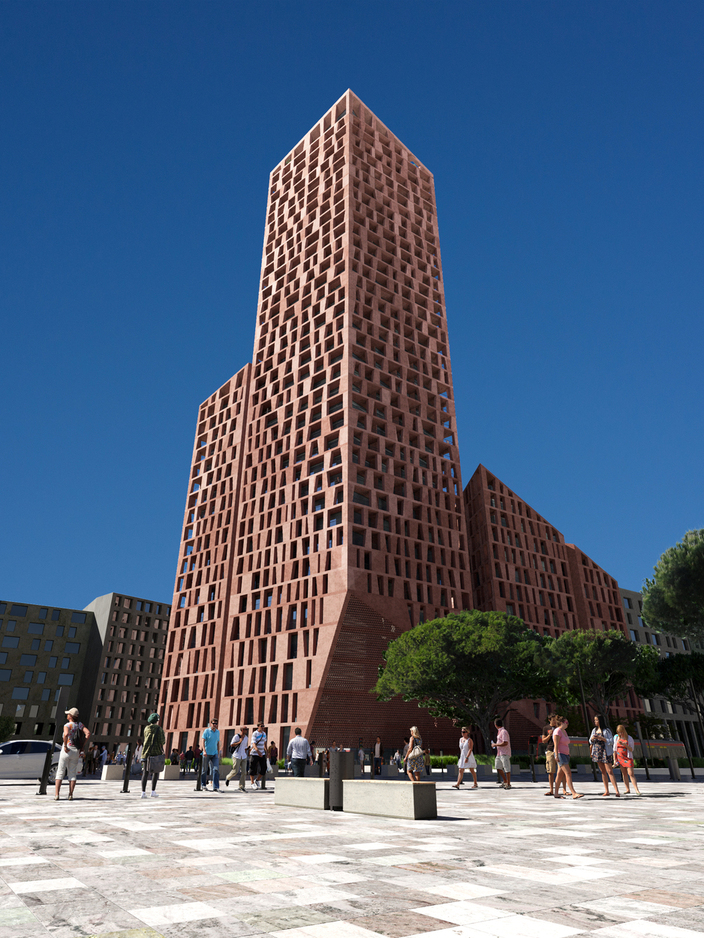
Architectural and design details
The building’s façade is made of cast-in-place concrete, featuring textured surfaces and colors inspired by Tirana. This creates a visual effect that changes with light and shadow. Inside, every apartment has a continuous balcony that wraps around the unit and provides plenty of natural light. The top three floors are occupied by penthouses that have wide views of Central Park and the city. The design also incorporates sustainable elements like green rooftops and energy-efficient systems, which support the city’s environmental objectives.
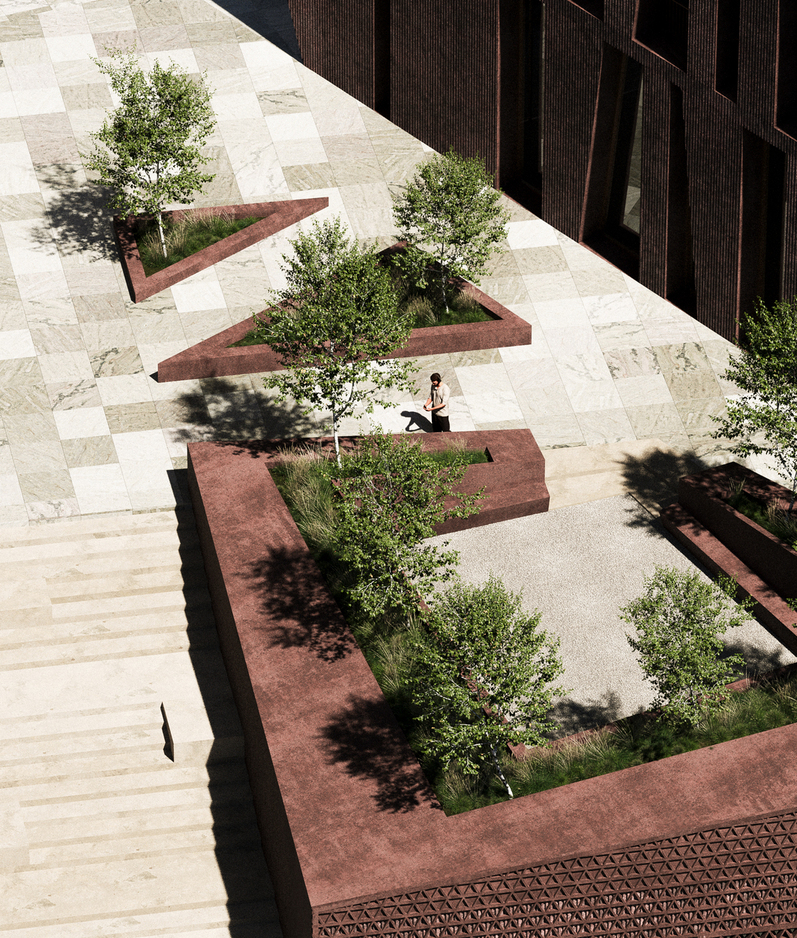
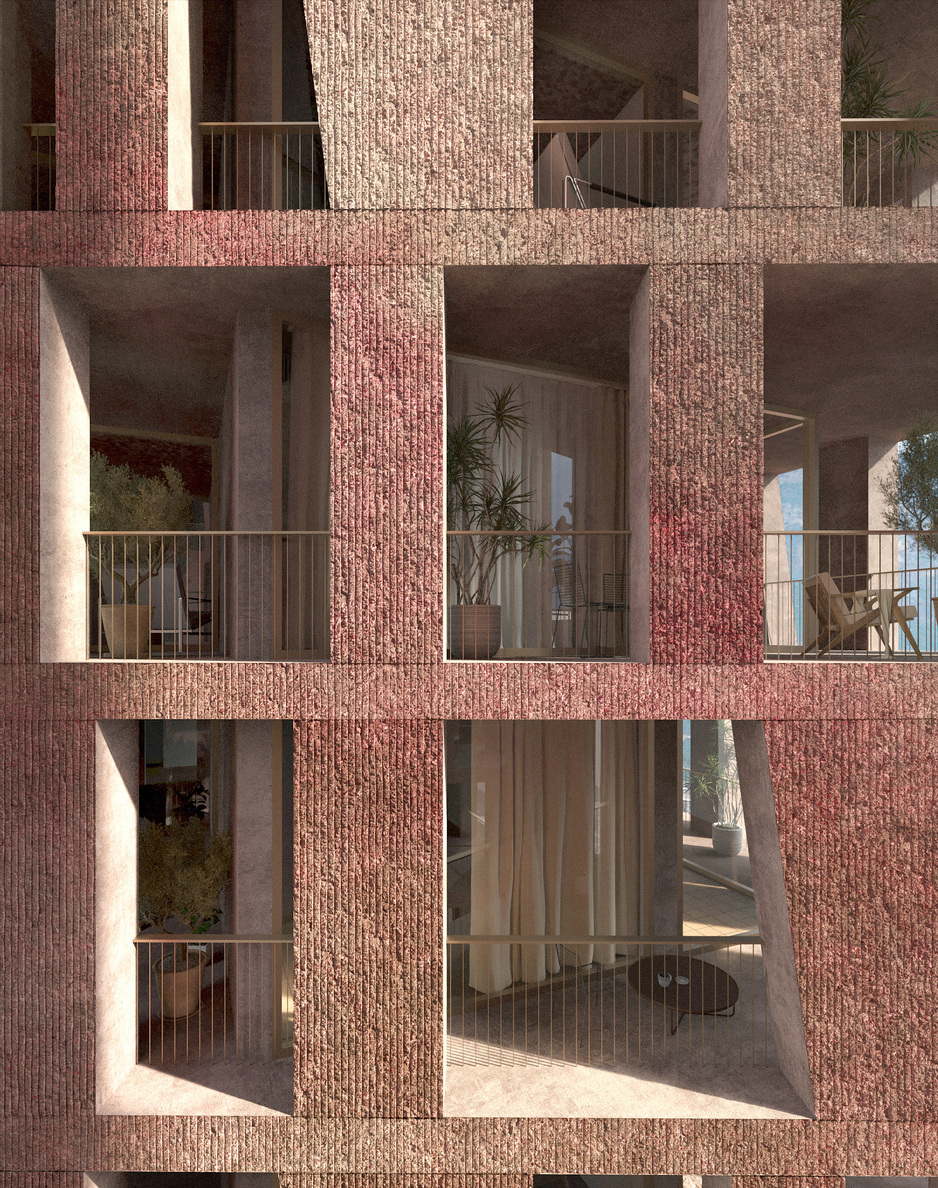
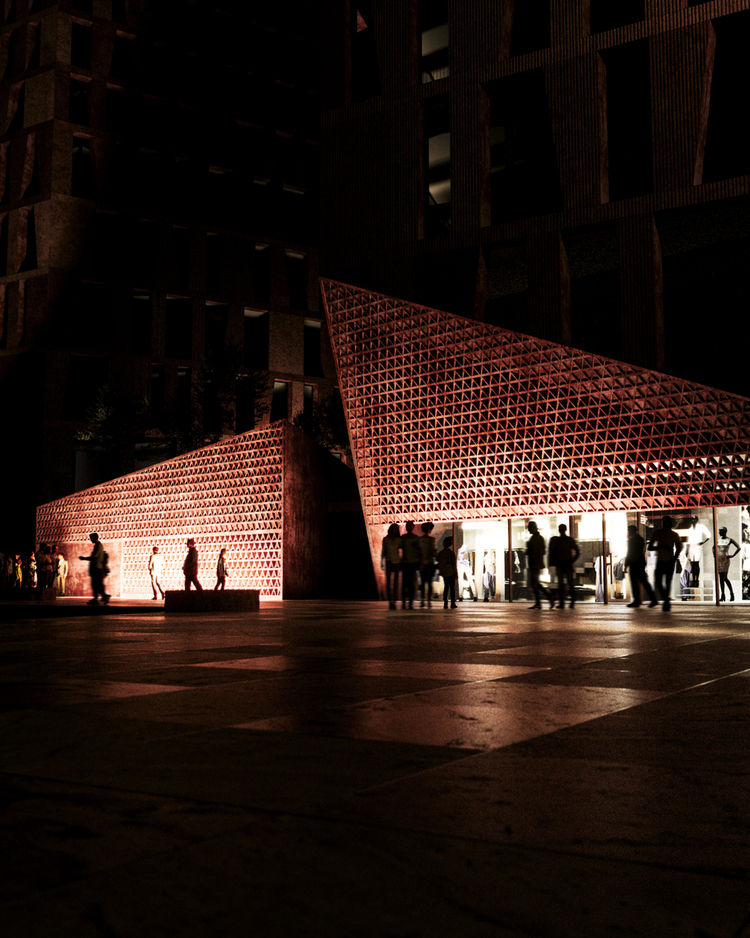
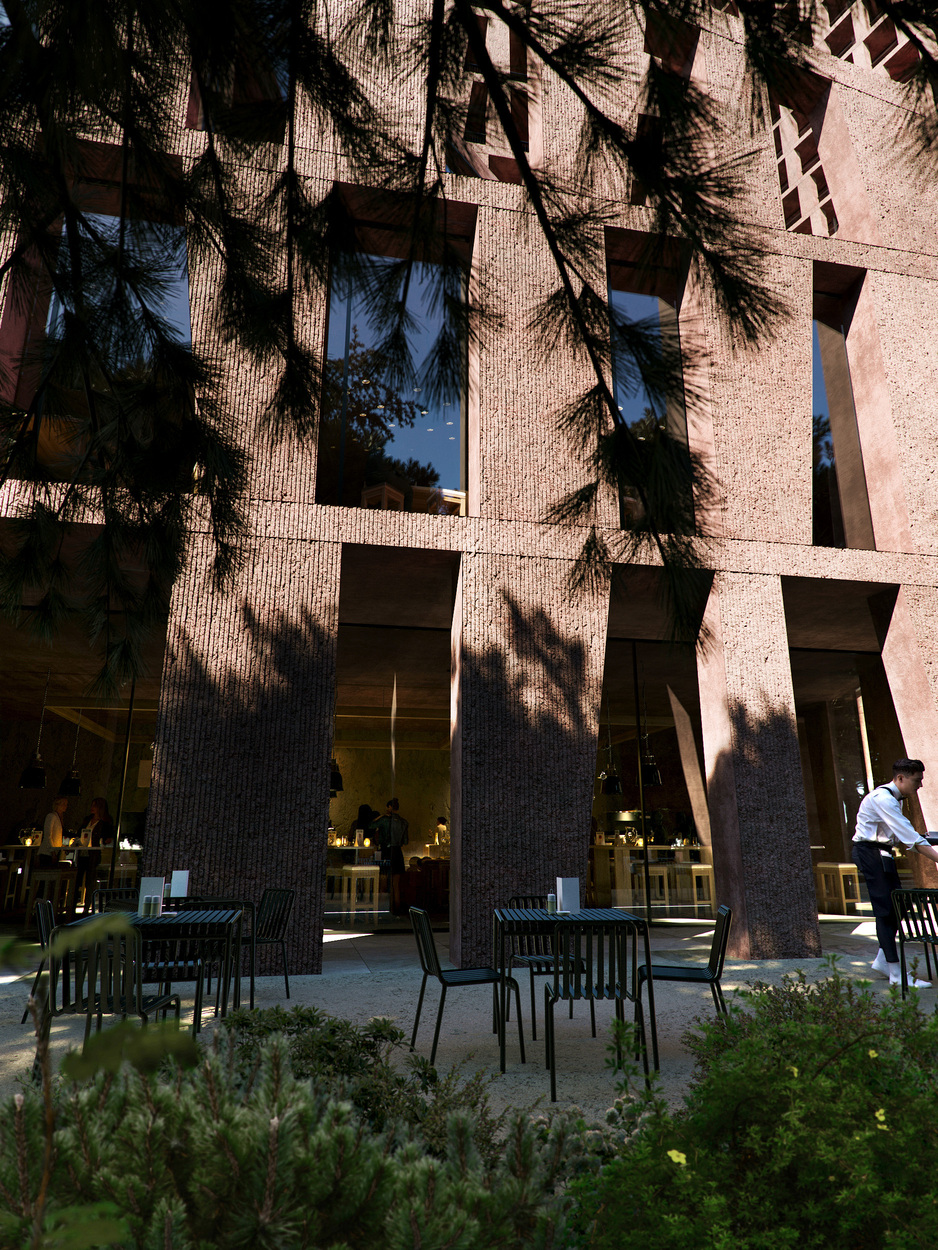
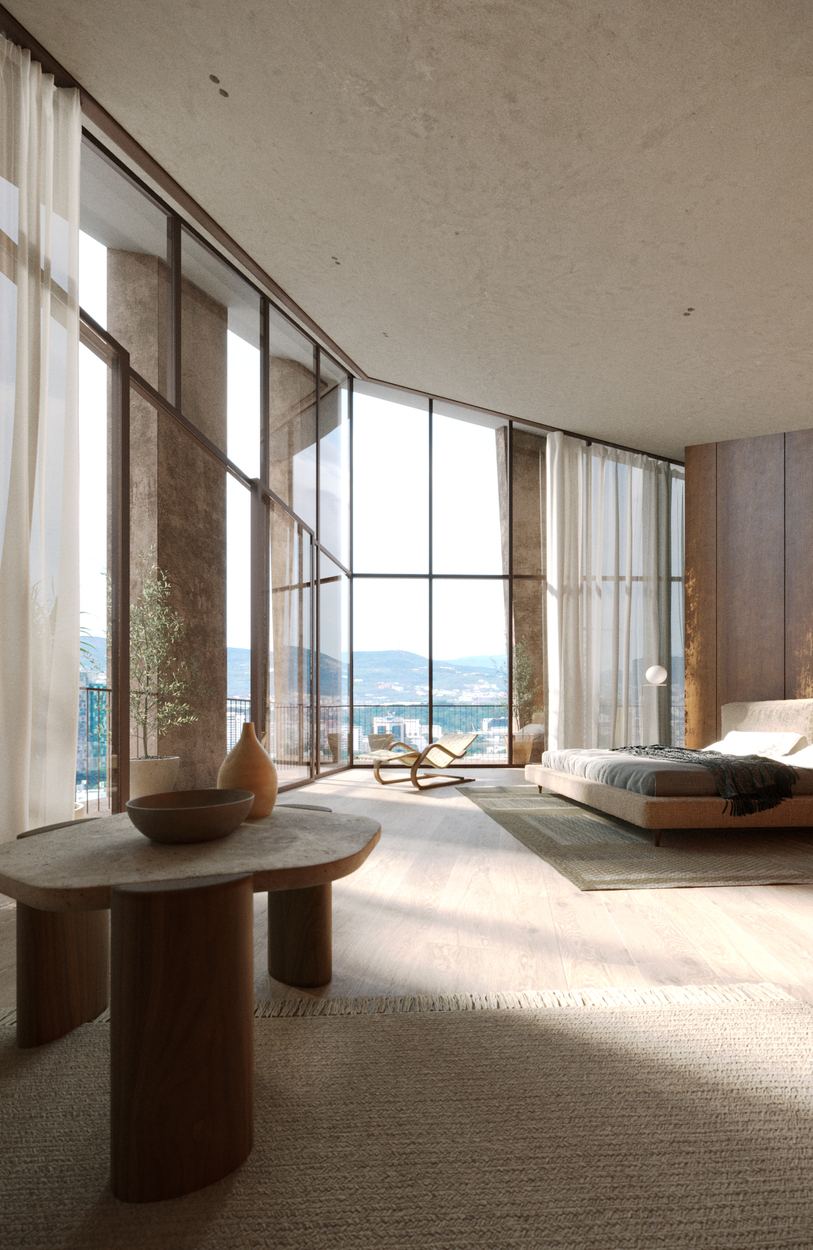
A continued presence in Albania
Oppenheim Architecture has a history of contributing to Albania’s development, with multiple projects in the country and a dedicated studio in Tirana staffed by local architects, planners, and designers. The New Boulevard Tower is another example of the firm’s work in the nation’s architectural evolution, alongside other civic and cultural projects like the College of Europe and the Besa Museum.
Beat Huesler, the Europe Director of Oppenheim Architecture, stated that the tower will offer spaces for culture and connection while making a meaningful contribution to the city’s skyline. The firm emphasizes creating architecture that reflects the place and the community.




